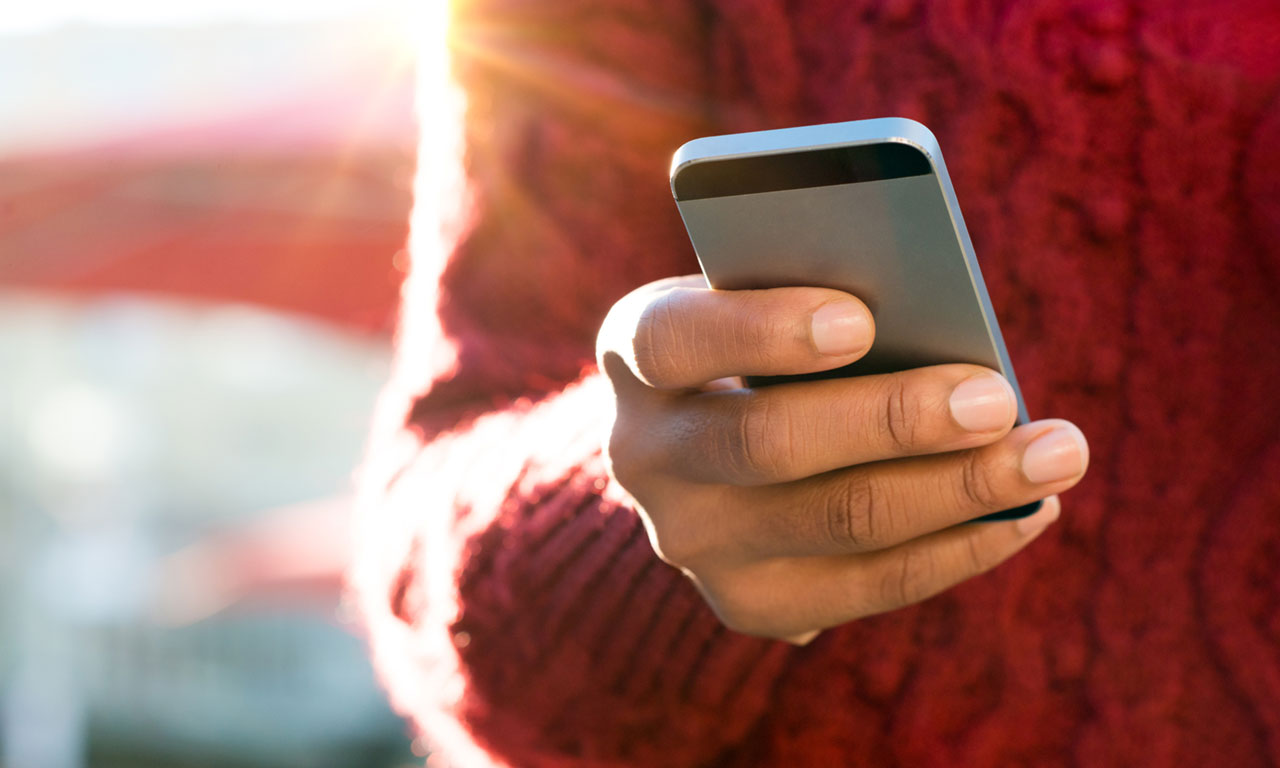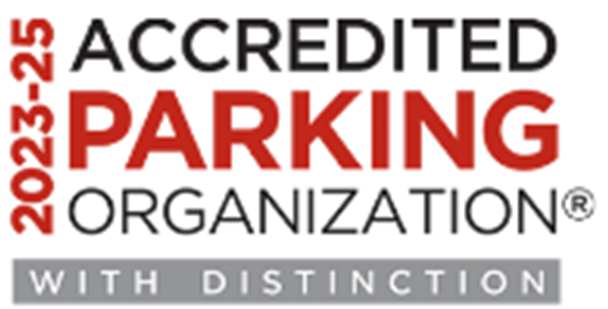By Jennifer Boyette and Eric Williams | 4 min. read
Today’s tech-savvy patients have significantly higher expectations of their healthcare experiences than they did just five years ago. Anchored in a society supported by instantly accessible information, seamlessly integrated technology, and end-to-end connectivity, healthcare providers face a trying task: match the consumer experience patients receive elsewhere, or risk losing patients’ loyalty.
Here are five technologies you can implement in your patient transition zones to improve patient satisfaction and foster patient loyalty.
(Not sure what patient transition zones are? Read our complimentary white paper to learn more.)
1. Digital Wayfinding
Nowadays, patients and visitors expect to find exacting directions before arriving for clinical care. If this expectation isn’t met, there’s a risk that patients will experience needlessly heightened levels of stress and anxiety. Thus, site- and patient-specific digital maps have become a norm — and arguably a necessity — for healthcare websites.
Of course, exceptional healthcare providers think beyond a humble Google Maps widget. The Mayo Clinic, for example, has developed a robust mobile platform with a host of e-concierge services, including turn-by-turn directions for patients navigating sites in real time. These services are neatly juxtaposed with the organization’s online health portal and preventative care content, creating a trifecta of patient loyalty cultivation in one user-friendly touchpoint.
Tip: Use your navigational web page and app data to direct you to wayfinding pain points on your campus.
2. Multi-Language Apps and Web Pages
Digital navigation content that’s made available in multiple languages is essential for healthcare facilities serving diverse demographics. Kaiser Permanente’s website, for example, allows users to tailor their online experience by both region and language, defusing the potential for stress, anxiety, and communication-centered confusion.
Offline technology, such as ili, is also growing in availability and usability. Though originally designed for travelers, wayfinding ambassadors can advantageously use the pocket-sized device to provide real-time translation services.
Tip: Regional demographics are always in flux. Use your patient demographic data, along with local census data, to safeguard your healthcare facility’s lingual accessibility for all community members.
3. Valet Apps
 Reconfiguring your valet service to be supported by a technological solution transforms the experience from a simple amenity into a fully-fledged convenience.
Reconfiguring your valet service to be supported by a technological solution transforms the experience from a simple amenity into a fully-fledged convenience.
A number of apps are available to help your valet team coordinate vehicle delivery with patients, visitors, and physicians. Whether messaging occurs via text or in-app, the results are the same: the risk of chronically ill patients being left waiting is reduced; visitors’ time with loved ones is maximized; your valet operation’s potential is realized.
Tip: Valet operations that offer complimentary value-adds to clients, such as windshield cleaning, ensure your last impression is just as exceptional as the first.
4. Shuttle Tracking
Shuttle buses that can be tracked from stakeholders’ smartphones are a low-cost, high-return way of offering convenience, transparency, and peace of mind to end users. The University of Washington’s healthcare shuttle service, for example, integrates a live map that’s available via a dedicated web page or smartphone app. The shuttle web page also integrates posts from the shuttle’s Twitter RSS feed, providing users with pertinent shuttle information, alerts, and service updates as they occur.
Some shuttle-tracking smartphone apps even empower patients to monitor seat availability, make reservations, and receive important push notifications in real time.
Tip: There are many moving parts (literally and figuratively) to shuttle operations, from planning routes to sourcing vehicles. Ensure you implement shuttle technology that addresses not only your current needs but also the future needs of your patients and visitors. For example, will your app reflect temporary route changes due to construction or inclement weather?
5. Robots
Artificially intelligent robots reside at the high-risk, high-reward end of the tech investment spectrum. Robots already frequent diagnostic and surgical areas of care thanks to their ability to achieve more precise, controlled results than are possible with traditional methods. Slowly, however, robots are moving to the forefront of care, communicating and interacting with patients at various stages of their healthcare experience. This invariably includes the first and last touchpoints on campus: the parking lot. Peppers, TUGs, K5s, and even Paros can all be used to enhance the patient experience.
Tip: A vast majority of healthcare executives believe artificial intelligence will revolutionize the way they gain information from and interact with patients. Read our robots in healthcare article to learn more.
Conclusion
There are many options available for healthcare providers looking to introduce technology to their patient transition zones. However, the real challenge begins with making informed, measured decisions — ones that will make adoption and acceptance as natural as possible for all end users.
We take our role as patient care custodians very seriously. That’s why we keenly follow the latest developments in healthcare facility management tech and proactively look for present and future opportunities to collect data, deliver efficiencies, and improve the patient experience.
Jennifer Boyette is director of strategic accounts for Impark. Email her at
jboyette@impark.com.
Eric Williams is senior vice president of healthcare for Lanier Parking, Email him at
ewilliams@lanierparking.com.


